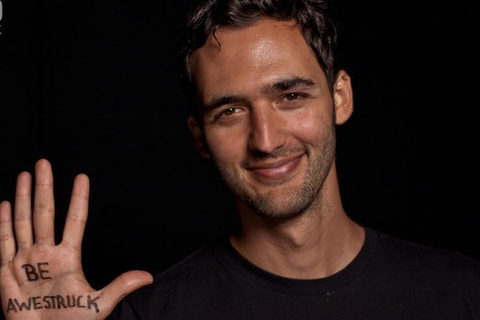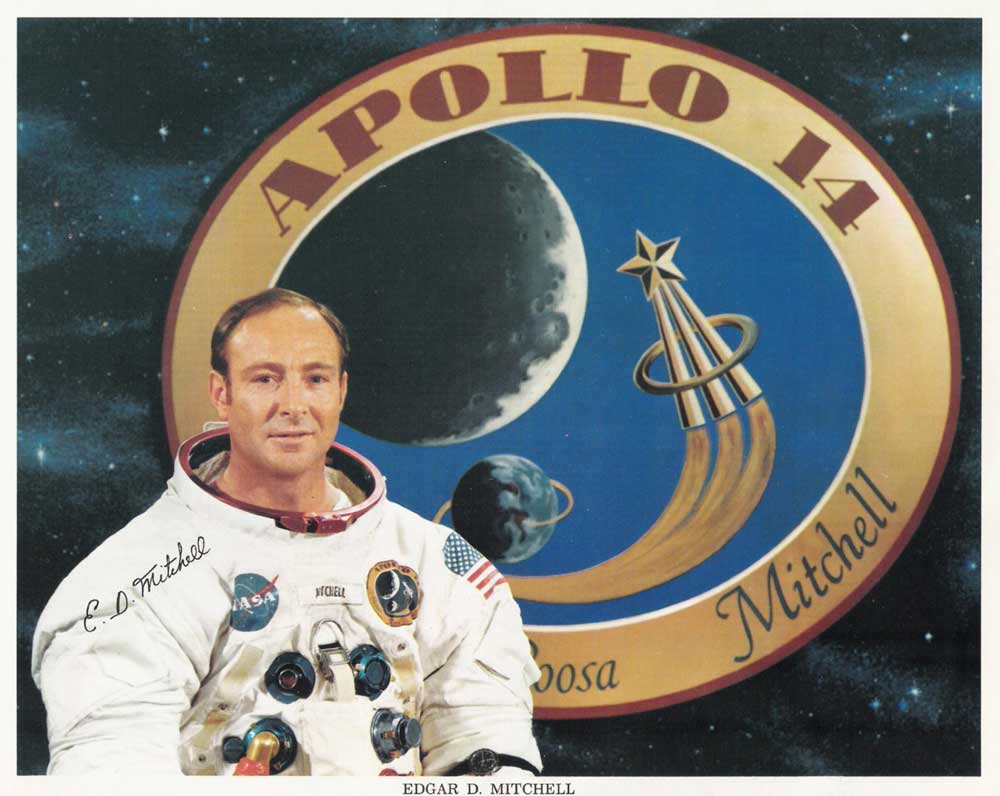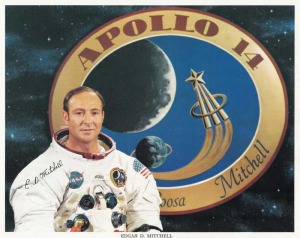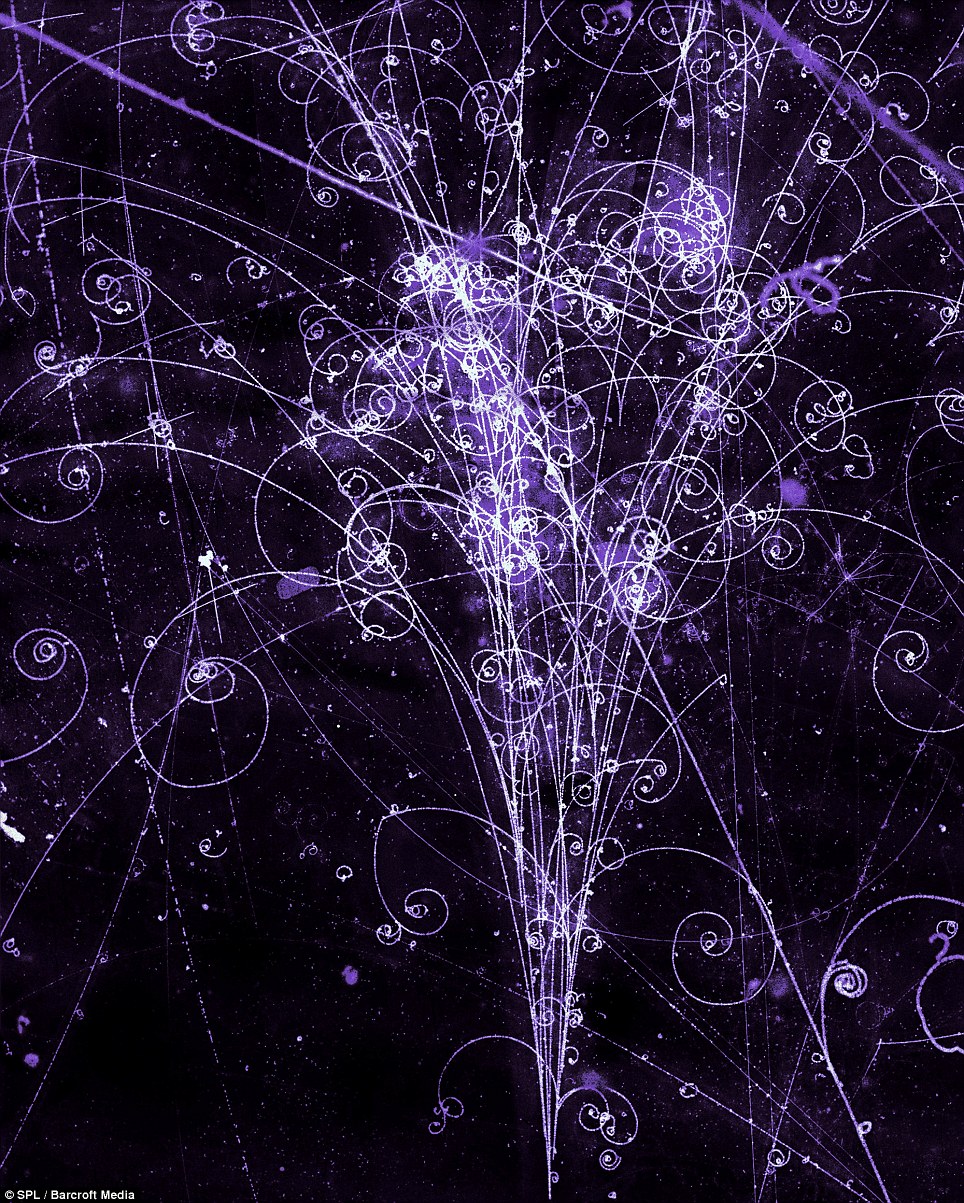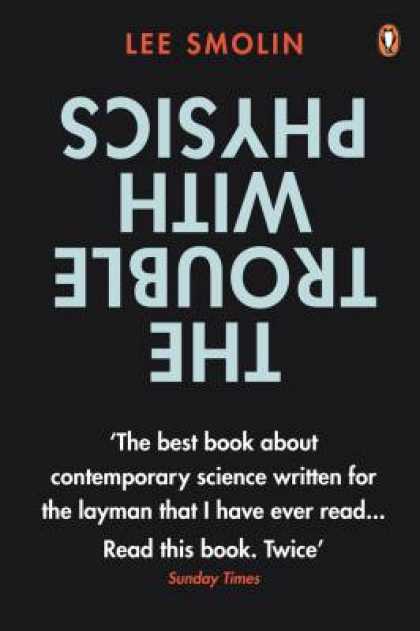Imagine you are a being who can travel along the dimension of time and watch as space progresses; just as we humans walk through the dimension of space and watch as time progresses. You would be interested in exploring time as much as you can, just as we explore space as much as we can. We have discovered quarks and other particles which compose of the structures of our space dimension; we have seen the furthest galaxies and the existence of the big bang. What would you discover as you moved about in time?
Just as humans calculate innumerable statistics about their space universe as it progresses through time, you could calculate innumerable statistics about the time universe as it progresses through space. Life on other worlds would be abundant; yet, perhaps not likely to travel space as we imagine in sci-fi movies. You, this time dimension being, could simulate 1,000,000,000+ space universes. Then, observing these space universes you could calculate statistics based on the outcomes. Life on planets would be statistically observable through all time in a single space universe. You may discover that all life arising in a space universe follows statistical patterns, much as we have discovered that stars follow patterns throughout their life. It may be that life goes through certain stages on all planets, just as all stars are born in a nebulous cloud and eventually die. As that star progresses through its life, various initial parameters effect its size, temperature, type of a death, etc. Now, as life progress on all these planets, various initial parameters also influence observable outcomes.
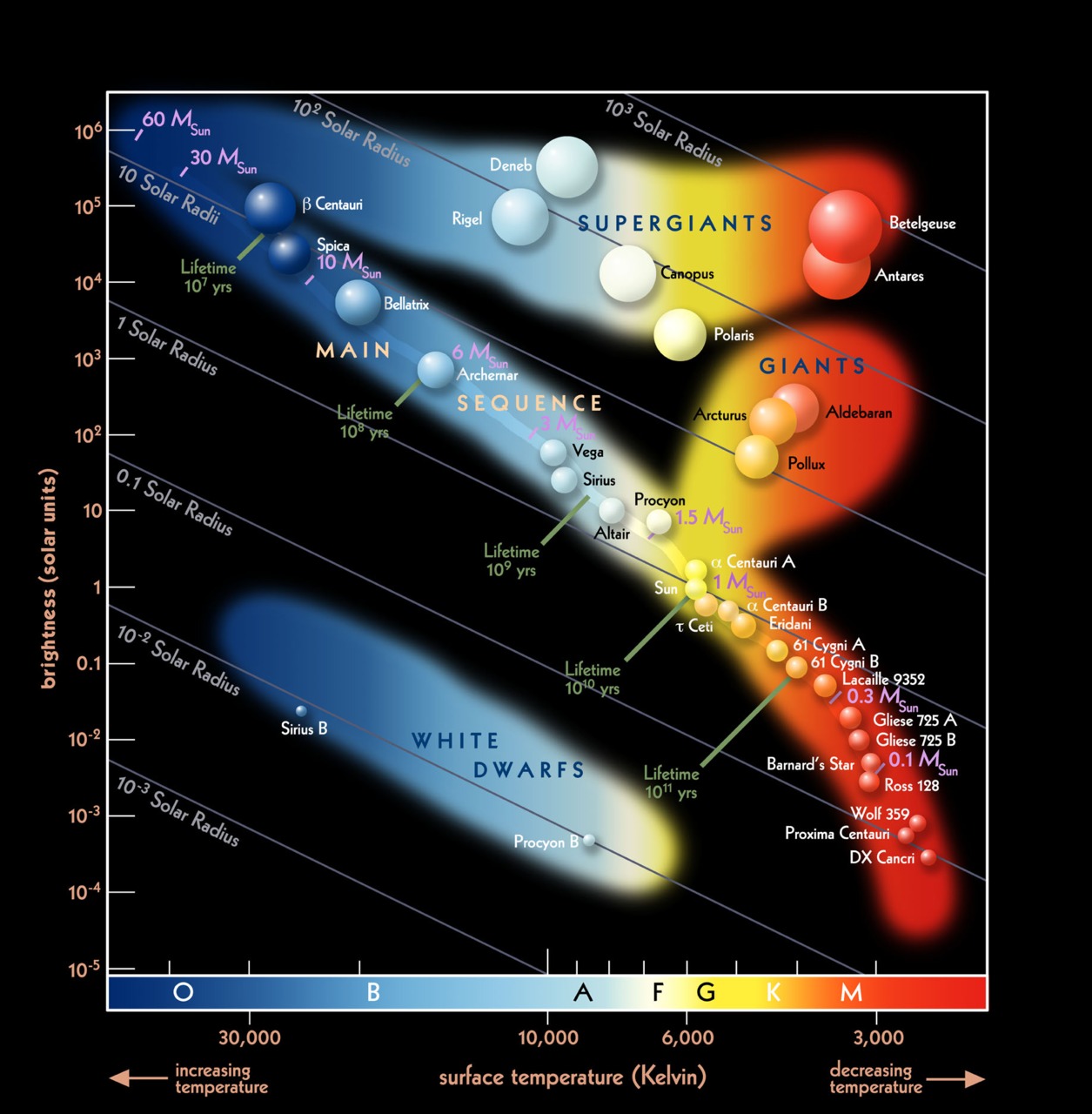 |
| The Life of a Star – Understood Through Statistics |
So, perhaps humans exist at a time in our planet’s history similar to the main sequence stage of stellar development. The first stage was the birth and development of primitive cellular automaton. Then came creatures with greater spatial abilities, such as the dinosaurs. Then, intelligent species develop, capable of perceiving the concept I am currently writing about. This hypothesis would seem to be supported by humans, dolphins, and other mammals who are perhaps more intelligent than all previously existing species which have existed. Humans just happened to reach a higher level first. As these intelligent species grow in their capacity to alter their survival and comprehend their surroundings, another stage begins. What this next stage entails and the prediction of its outcomes is beyond human genetic capacity.
The point is this: being able to move about in the time dimension, it is possible to think about and understand our space universe in a different perspective.

